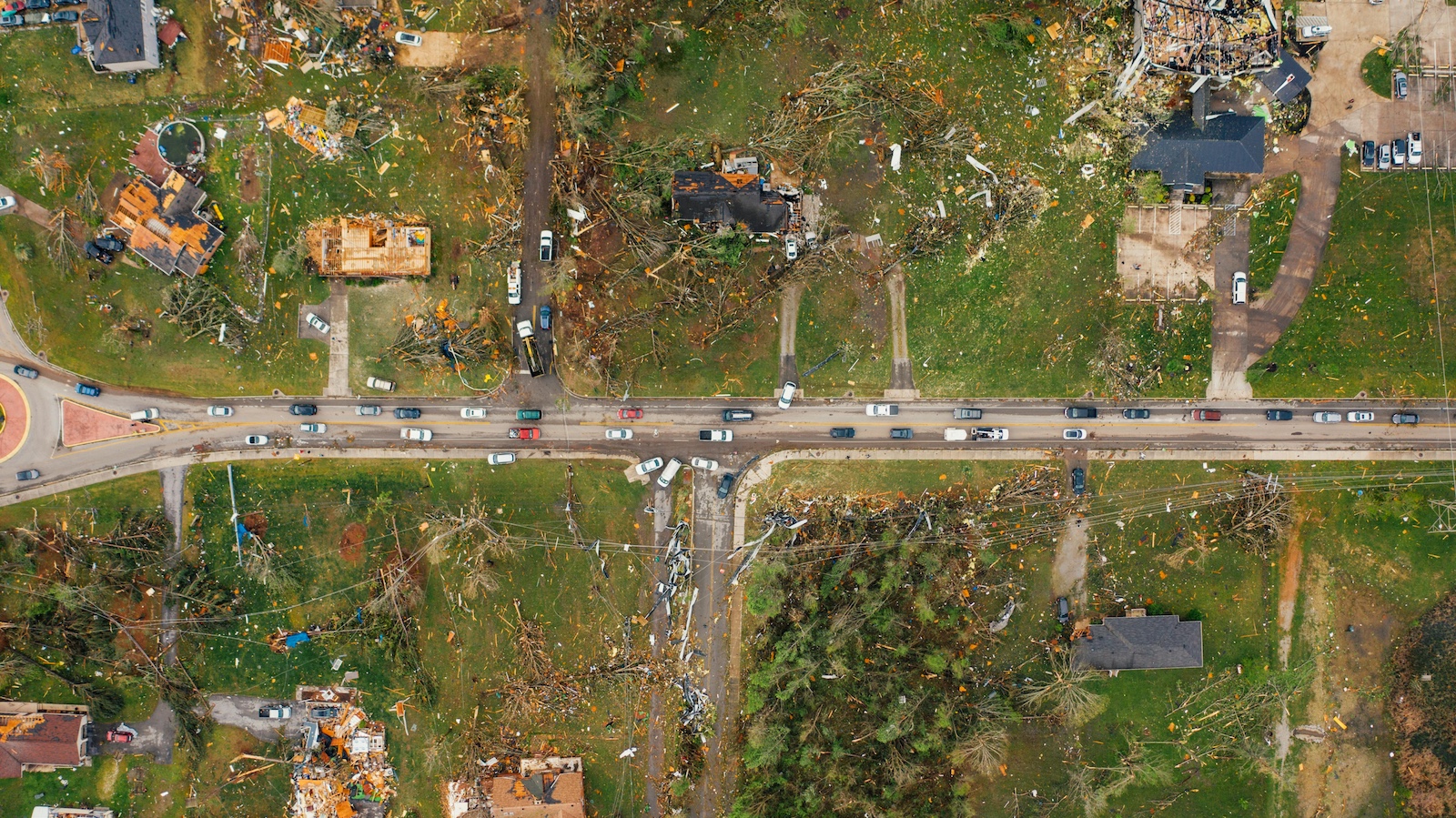“
Antarctica meltdown could double sea level rise.” “The planet could become ungovernable.” Such headlines reflect the growing alarm over sea level rise.
How worried should the insurance sector be? Sea level rise is one of the most consequential impacts of predicted global warming. Millions of people in the U.S. alone live in areas at risk of coastal flooding, with more people moving to vulnerable coasts each year.
The alarm over sea level rise is not so much about the seven inches or so that global sea level has risen since 1900. The average yearly rate of global sea level rise is 3 millimeters -- the height of a stack of two pennies. Rather, the alarm is driven by predictions of sea level rise from human-caused global warming. There are concerns that Antarctic ice sheets could collapse into the ocean, increasing sea level in the 21st century by 5 feet or more.
Are these extreme scenarios of 21st century sea level plausible? Or even possible? To put these alarming predictions into the context of scientific evidence, I have recently written an independent assessment report on
Sea Level and Climate Change. The report draws the following conclusions:
Is recent sea level rise unusual?
At least in some regions, sea level was higher around 5,000 to 7,000 years ago. After several centuries of sea level decline following the Medieval Warm Period (about a thousand years ago), global sea levels began to rise in the mid 19th-century. Rates of global sea level rise between 1920 and 1950 were comparable with recent rates. Recent sea level rise is therefore within the range of natural sea level variability over the past several thousand years.
See also: Role of Big Data in Fighting Climate Risk
Is recent sea level rise caused by human-caused global warming?
The slow buildup of fossil fuel emissions before 1950 did not contribute significantly to 19th- and early 20th-century sea level rise. There is not yet any convincing evidence of a human fingerprint on global sea level rise, because of the large changes driven by natural variability. An increase in the rate of global sea level rise since 1995 is being caused by ice loss from Greenland. Greenland ice loss was larger during the 1930s, which was also associated with the warm phase of the Atlantic Ocean circulation pattern.
How much is local sea level rise being influenced by the global sea level rise?
The main causes of local sea level rise in many locations are local sinking of the land and ocean circulation patterns. Landfilling in coastal wetland areas and the withdrawal of groundwater have caused many of the worst local sea level rise problems.
How much will sea level rise in the 21st century?
Local sea level in many regions will continue to rise in the 21st century – independent of global climate change. The 2013 report from the United Nations Intergovernmental Panel on Climate Change predicted a likely range of sea level rise by the end of the 21st century to be from 10 inches to almost 3 feet, depending on the scenario for greenhouse gas emissions. The highest of these emissions scenarios, RCP8.5, more than doubles atmospheric CO2 concentrations from current values by the end of the 21st century, and is based on a number of extremely unlikely assumptions.
Since the 2013 report, a number of worst-case scenarios for global sea level rise have been published by scientists. Estimates of the maximum possible global sea level rise by the end of the 21st century range from 5 to 10 feet, and even higher. These extreme values of sea level rise, driven by the extremely unlikely Representative Concentration Pathway RCP8.5 emissions scenario, are regarded as highly unlikely or even impossible. Nevertheless, these extreme, barely possible values of sea level rise are driving policies and local adaptation plans.
These predictions of sea level rise depend on climate models to predict the correct amount of warming. However, there are reasons to think that the models are predicting too much warming:
- Observed warming for the past two decades is smaller than the average warming predicted by climate models.
- When compared with observations over the past 150 years, climate models produce too much warming in response to increasing atmospheric carbon dioxide.
- Climate model predictions only consider human-caused warming and neglect changes in natural climate processes: variations in the sun’s output, volcanic eruptions and long-term changes to ocean circulations. These natural processes are expected to have a cooling effect in the 21st century.
Predictions of 21st century sea level rise higher than 2 feet are increasingly weakly justified, even if the predicted amount of warming is correct. Predictions higher than 5 feet require a cascade of extremely unlikely to impossible events using overly simplistic models of poorly understood processes.
See also: Effects of Weather Are Gathering Force
In many of the most vulnerable locations, local sea level rise is dominated by vertical land motion caused by natural geologic processes or by coastal land use and engineering practices. For the next 30 years, we can expect the rates of global sea level rise to be similar to what we have seen in recent decades. An additional sea level rise of 1 to 2 feet over a century can be a relatively minor problem if it is managed appropriately.







